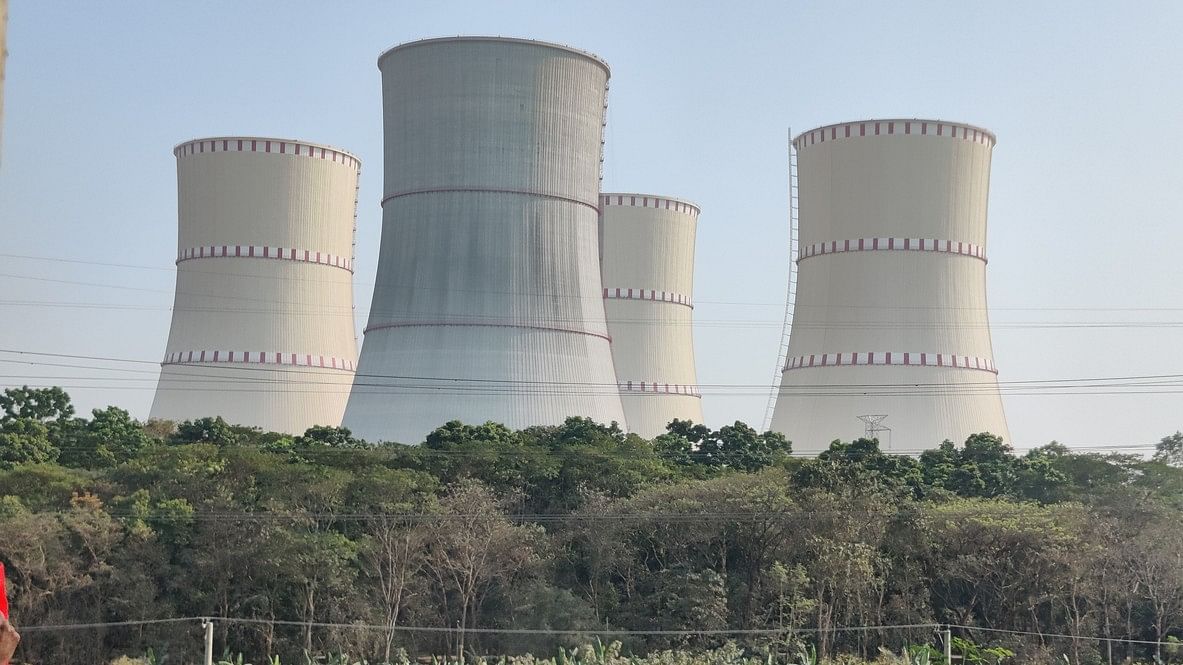
Image showing a nuclear reactor. For representational purposes.
Credit: iStock Photo
New Delhi, Aug 2: The third big indigenous nuclear reactor is on the verge of being operational with the commencement of fuel loading in the 700 MW seventh unit of Rajasthan Atomic Power Project, the Nuclear Power Corporation of India Limited (NPCIL) said on Friday.
Loading of natural oxide fuel at RAPP-7 at Rawatbhata began on Aug 1 after obtaining the necessary approvals from the Atomic Energy Regulatory Board.
This will be followed by attaining criticality (start of a fission chain reaction) and generation of electricity. “While RAPP-7 is likely to start commercial operation this year, the RAPP-8 is expected to come online next year,” the NPCIL said.
Once the two 700 MWe units are functional, Rawatbhatta will be India’s biggest nuclear park, housing eight indigenous reactors.
“The indigenous reactors have advanced safety features and are among the safest reactors in the world,” said a NPCIL official.
Construction of the two reactors, however, came with a huge cost and time overrun as it took more than Rs 9,000 crore and eight additional years to complete the two reactors, presumably because of the liability regime and technical challenges.
RAPP-7 is the third in a series of large indigenous pressurised heavy water reactors (PHWR) being set up in the country. The first two – Unit 3&4 at Kakrapar in Gujarat – commenced commercial operation in 2023-24.
The NPCIL currently operates 24 nuclear power reactors with an installed capacity of 8,080 MW and constructions are going on another eight reactors with a capacity of 6,800 MW. The government has also given a fleet-mode approval for 10 nuclear reactors, each of 700 MW capacity.
Presenting the budget in the Lok Sabha last month, Union Finance Minister Nirmala Sitharaman said nuclear energy would form a very significant part of the energy mix for Viksit Bharat (developed India).
The fuel loading at RAPP-7 started a few days after scientists and engineers at NPCIL gave one of its old units, RAPP-3, a 30-year extension of life by making some critical overhaul.
